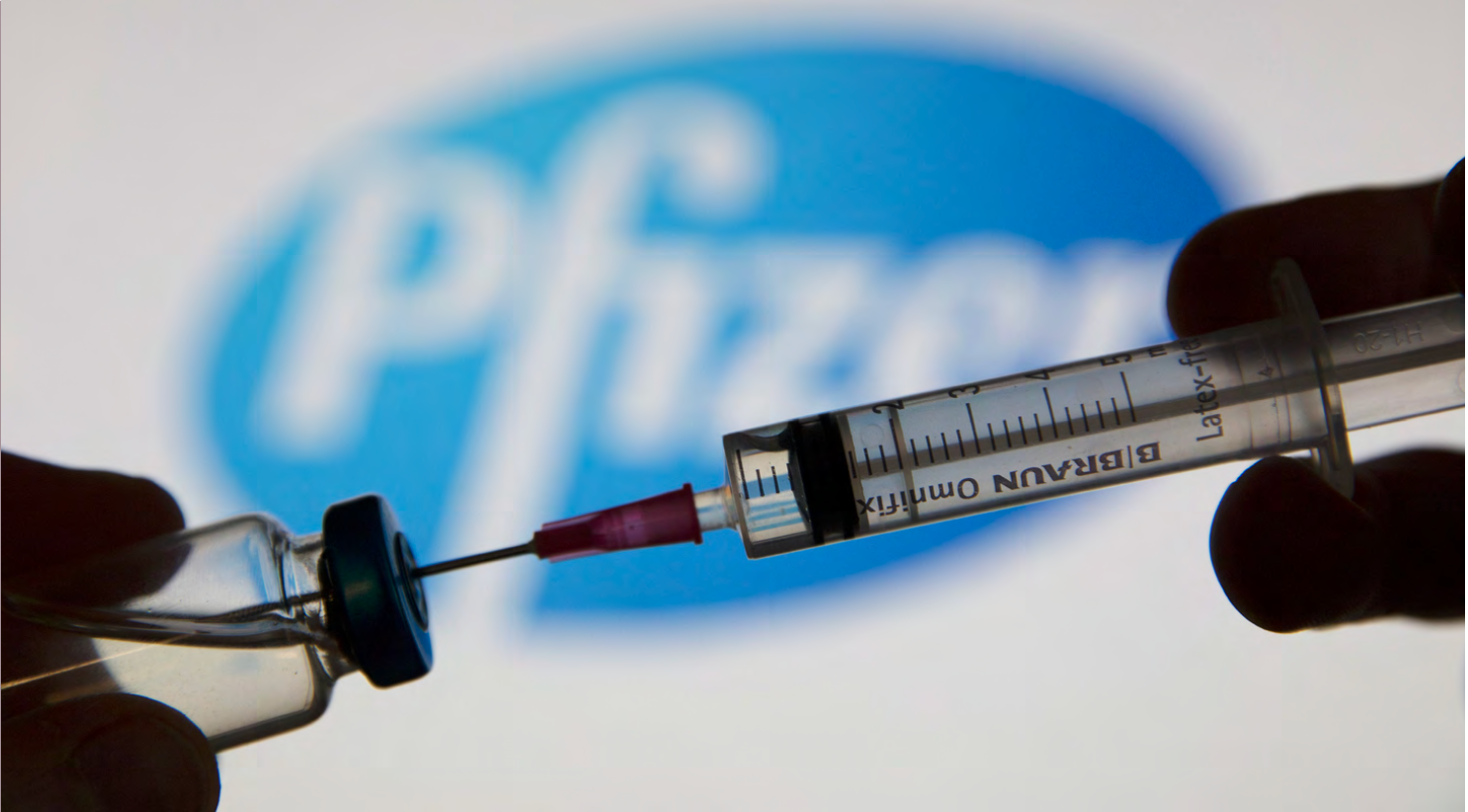Sticking It to COVID-19: The Expansion of the Pfizer-BioNTech Vaccine EUA
A review of the data and circumstances that led to authorization in children ages 5 to 11 years.

August 2021 was the first time during the COVID-19 pandemic that the infection rate in patients younger than 18 years surpassed the rate in adults aged 18 to 64 years. The surge in COVID-19 cases this summer was mainly in unvaccinated individuals, including children who were not included in any vaccine emergency use authorization (EUA). Among the cases in individuals younger than 18 years, 4300 have resulted in hospitalization and 691 in reported deaths. Of these deaths, 146 patients were between the ages of 5 and 11 years.1
COVID-19 Presentation in Children
Children typically present with mild disease, including nausea, vomiting, diarrhea, dyspnea, nasal symptoms, rashes, fatigue, and abdominal pain. Although most patients recover from COVID-19 in 1 to 2 weeks, complications like myocarditis may occur. Patients at the highest risk of developing myocarditis are those younger than 16 years and older than 50 years. In younger patients, myocarditis can present 3 to 5 weeks after infection as a part of the multisystem inflammatory syndrome in children (MIS-C). MIS-C is defined by persistent fevers, laboratory evidence of inflammation, and dysfunction of at least 2 organs. This systemic damage can lead to the development of hypotension and shock. Of the 5217 MIS-C cases reported, the median age was 9 years, half the cases occurred in children aged 5 to 13 years, and 46 resulted in death.1
Vaccines for Most
In May 2021, the FDA authorized the 30-mcg Pfizer-BioNTech COVID-19 vaccine for individuals aged 12 to 15 years. To assess vaccine effectiveness, investigators used an immunobridging analysis to compare antibody titers in study patients to titers of young adults aged 16 to 25 years 1 month after receiving their second dose. To assess the safety in this population, all 2260 patients enrolled were followed for a median of 2 months or more after completing the 2-dose regimen. No major safety concerns were identified that would prevent the issuance of emergency authorization.1
Postauthorization safety surveillance data captured in the Vaccine Adverse Event Reporting System revealed risks of anaphylaxis, myocarditis, and pericarditis after vaccination. The risk of anaphylaxis was higher for individuals who had severe allergic reactions to medications or foods in the past. The initial estimates of anaphylaxis are 6.1 cases per million doses. The risk for pericarditis and myocarditis was most prevalent in male recipients aged 12 to 17 years and highest within 7 days of administration of the second dose. The reported rate is 71.5 cases per million among male recipients aged 16 to 17 years and 42.6 cases per million among male recipients aged 12 to 15 years after the 2-dose series. The mechanism of myocarditis and pericarditis development is unknown. Most of the cases resolved with conservative management, but the long-term effects and outcomes are not yet available.1 As vaccination rates in the 12- to 15-year-old population rise, younger children remain the most vulnerable group to infection with COVID-19.
On October 6, Pfizer-BioNTech submitted a request to amend its EUA to include a 10-mcg, 2-dose vaccine series for children aged 5 to 11 years. The phase 1 dose-finding study determined that 10 mcg was safe to move into phase 2/3 studies.1 It was expected that this lower dose would mitigate the risks of serious adverse events but still provide immunogenicity. Children aged 5 to 11 years were randomized 2:1 to receive either 2 doses of active 10-mcg vaccine or placebo 21 days apart.1 This vaccine was found to be 90.7% effective in preventing COVID-19 infections in children aged 5 to 11 years.2 Immunobridging analysis was used to assess efficacy and showed that the SARS-CoV-2–neutralizing antibody geometric mean titer (GMT) for children aged 5 to 11 years was 1197.6 (95% CI, 1106.1-1296.6) 1 month after the second dose.2 This GMT was noninferior to the control group, which consisted of participants aged 16 to 25 years administered a 2-dose regimen of 30 mcg. The GMT ratio between groups was 1.04 (95% CI, 0.93-1.18), with a GMT greater than 0.67 demonstrating noninferiority.1
Investigators enrolled 2 different cohorts in this study to increase the amount of safety data available. The first cohort was enrolled in June 2021 and observed for 2 or more months, and the second cohort was enrolled in August 2021 and monitored for 2 or more weeks after their second dose, for a total of 3109 children in the safety analysis. The vaccine was well tolerated overall. Adverse events of fever, muscles pain, and chills were more frequent in the active vaccine group. The rate of serious adverse reactions were 0.1% and 0.2% in the active vaccine cohorts and 0.1% and 0% in placebo recipients, respectively. All serious adverse events were considered unrelated to vaccination. There were no reports of myocarditis, pericarditis, or anaphylaxis and no participant deaths. There are currently 4 postauthorization observational studies in this population that will monitor for myocarditis and pericarditis long term.1 A press release on October 29 detailed that the 10-mcg, 2-dose vaccine series received an EUA for children aged 5 to 11 years.3
Formulations
There are distinct differences between this newly authorized 10-mcg dose and the FDA-approved 30-mcg dose of the vaccine. The FDA authorized a manufacturing change for the 10-mcg dose that includes the use of a tromethamine buffer solution instead of the phosphate-buffered saline used previously. This maintains the vaccine’s pH and stability at refrigerated temperatures for longer periods of time, which allows 10-mcg–dose vaccines to be kept in the refrigerator undiluted for 10 weeks versus the 1-month refrigeration expiration that the 30-mcg–dose vaccine carries. The administration dose, amount of diluent, and number of doses per vial are also different between the 2 doses (Table4,5).

Potential for Error
The swift vaccine rollout to the community and the various age-based doses increase the potential for vaccine administration errors. An incident occurred at a Walgreens pharmacy in Indiana where 2 children, aged 4 and 5 years, were inadvertently given the 30-mcg Pfizer-BioNTech vaccine when they were supposed to be given an influenza vaccine.6 Multiple reports of dosing errors in children have made national headlines. A pharmacy in Loudon County, Virginia, administered the 30-mcg dose to 112 children aged 5 to 11 years and had immunization privileges revoked as a result.7 Underdosing can also occur if the vaccines are not diluted properly. This was the case when 98 elementary school children in Gaithersburg, Maryland, received doses that were more diluted than recommended at a vaccine clinic.8
To avoid confusion and administration errors, the vials are color coded. Doses for individuals 12 years and older come in vials with purple plastic caps and label borders, and doses for children aged 5 to 11 years come in vials with orange plastic caps and label borders.4,5 For children who receive a higher dose than recommended, they should be monitored closely and seek medical attention if they have prolonged or serious adverse effects. The CDC is recommending that patients who receive the wrong dose for their age should wait 21 days and restart the correct series.7
Looking Forward
Pfizer and BioNTech are evaluating the efficacy of a 3-mcg dose of their vaccine in patients younger than 5 years and expect to have data for this population out next year. They also expect to present early data for patients aged 2 to 5 years in late 2021 and data for children aged 6 months to 2 years in the first half of 2022. They plan to apply for and obtain regulatory approval shortly after in 2022.9

